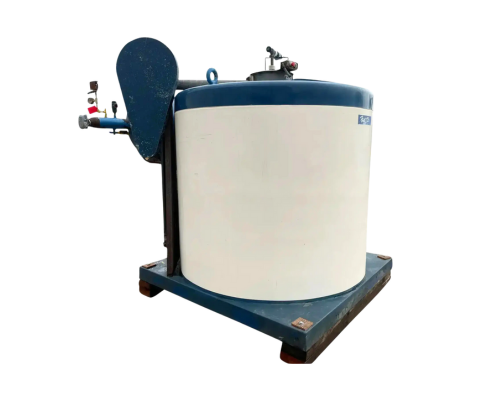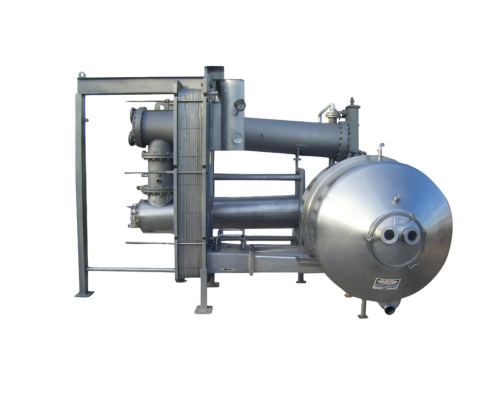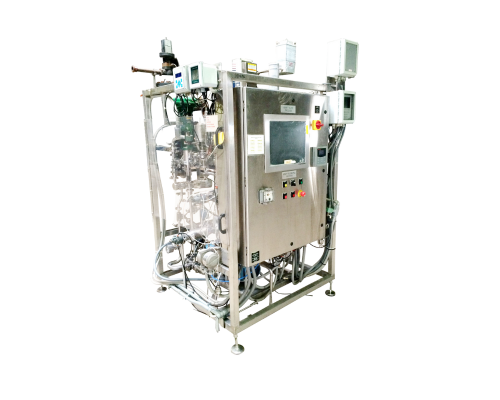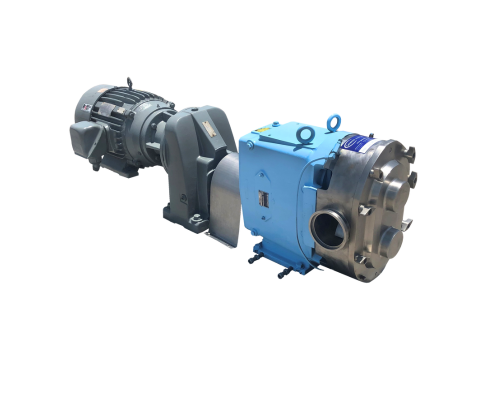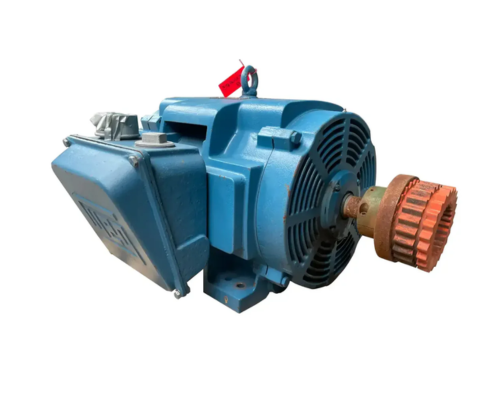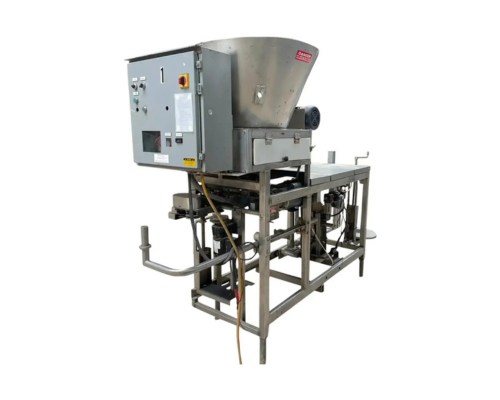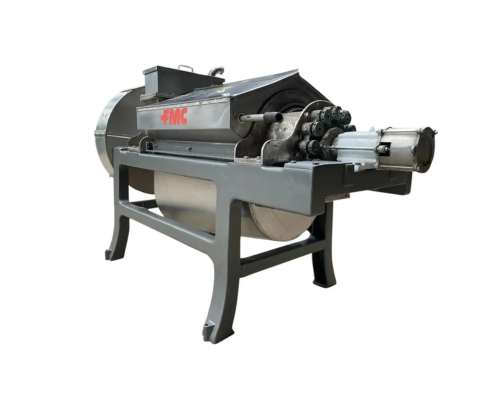In the plastics industry, maintaining precise temperature control is essential for producing high-quality products and optimizing operational efficiency. Industrial liquid cooled chillers play a crucial role in achieving this by removing excess heat from machinery and processes. Below are the key ways in which these chillers are used in various plastic manufacturing processes:
Image from Genemco
Link to Liquid Cooled Chillers
1. Injection Molding
Injection molding is one of the most widely used methods for producing plastic parts. In this process, plastic material is heated until it becomes molten and is then injected into a mold to form the desired shape. The mold must be cooled rapidly and uniformly to solidify the plastic, ensuring that the final product has the correct shape and dimensions.
Role of Liquid Cooled Chillers in Injection Molding:
- Mold Cooling: Industrial chillers circulate coolant through channels in the mold to regulate its temperature. This prevents defects like warping, sink marks, or incomplete filling, and improves the cycle time by allowing faster cooling.
- Machine Cooling: Chillers also cool hydraulic oil and other components in the molding machine. By keeping the machinery at an optimal operating temperature, the chillers prevent overheating, which can lead to equipment damage and production delays.
- Process Efficiency: Liquid cooled chillers offer precise temperature control, helping manufacturers maintain consistent product quality, reduce cycle times, and increase overall throughput.
2. Blow Molding
Blow molding is another common process in the plastics industry, used to create hollow plastic parts such as bottles, containers, and tanks. In this method, plastic is heated, formed into a parison (a tube-like piece of plastic), and then inflated inside a mold to form the desired shape.
Role of Liquid Cooled Chillers in Blow Molding:
- Cooling the Mold: Similar to injection molding, blow molding also requires rapid cooling of the mold to ensure that the plastic solidifies into the correct shape. Chillers provide the cooling necessary to prevent deformation and to ensure that the molded product meets dimensional accuracy.
- Cooling the Air for Inflation: In blow molding, air is used to inflate the parison inside the mold. Chillers are used to cool the compressed air, preventing the plastic from becoming too hot during inflation and ensuring that the product forms correctly without compromising structural integrity.
3. Extrusion
Extrusion is a continuous process used to create plastic sheets, pipes, films, and other long, continuous shapes. In this process, plastic material is melted and forced through a die to form the desired shape. The molten plastic must be cooled as it exits the die to solidify and maintain the correct form.
Role of Liquid Cooled Chillers in Extrusion:
- Die and Calibration Cooling: Industrial liquid cooled chillers are used to cool the die and calibration equipment, ensuring that the plastic material cools uniformly as it is extruded. This is crucial for maintaining the dimensional accuracy and quality of the final product.
- Post-Extrusion Cooling: Once the plastic has been extruded, it passes through cooling tanks or air-cooled conveyors to complete the solidification process. Liquid cooled chillers provide the coolant for these systems, helping to reduce the risk of defects like warping or sagging, which can occur if the material cools too slowly or unevenly.
4. Thermoforming
Thermoforming is a process where a plastic sheet is heated until it becomes pliable, then formed over a mold and cooled to produce the final shape. It is used for making items like food packaging, trays, and automotive parts.
Role of Liquid Cooled Chillers in Thermoforming:
- Cooling the Mold and Material: Industrial chillers provide the cooling necessary to solidify the plastic sheet once it has been molded. Proper cooling is critical to maintaining the integrity of the product's shape and ensuring uniform thickness across the molded part.
- Improving Cycle Times: By rapidly cooling the plastic and the mold, chillers help to shorten cycle times, allowing manufacturers to increase production rates without sacrificing product quality.
5. Rotational Molding
Rotational molding, or rotomolding, is used to produce large, hollow plastic products like tanks, containers, and playground equipment. In this process, plastic powder is placed in a mold, which is heated and rotated to evenly distribute the material along the mold’s inner surfaces.
Role of Liquid Cooled Chillers in Rotational Molding:
- Mold Cooling: After heating and rotating, the mold needs to be cooled to allow the plastic to solidify. Liquid cooled chillers supply coolant to rapidly cool the mold and ensure that the product maintains its shape and structural integrity.
- Control of Cooling Rates: Cooling must be done at a controlled rate to avoid internal stresses or warping in the final product. Industrial chillers allow precise control of cooling rates, ensuring consistent product quality, especially for large or complex items.
6. Reducing Energy Consumption and Enhancing Efficiency
In all of these plastic manufacturing processes, industrial liquid cooled chillers contribute to energy efficiency by optimizing the cooling process. They use a water-based cooling tower, which is more energy-efficient than air-cooled systems for large-scale cooling applications. This helps reduce operational costs and improves the environmental footprint of plastic manufacturing facilities.
Image from Genemco
Link to Liquid Cooled Chillers
Industrial liquid cooled chillers are indispensable in the plastics industry, providing the necessary cooling for various production processes, including injection molding, blow molding, extrusion, thermoforming, and rotational molding. By ensuring precise temperature control, these chillers help manufacturers improve product quality, reduce cycle times, extend equipment life, and increase energy efficiency. As plastic products continue to play a critical role in modern life, the use of chillers in this industry remains essential for both high-volume production and specialized applications.

